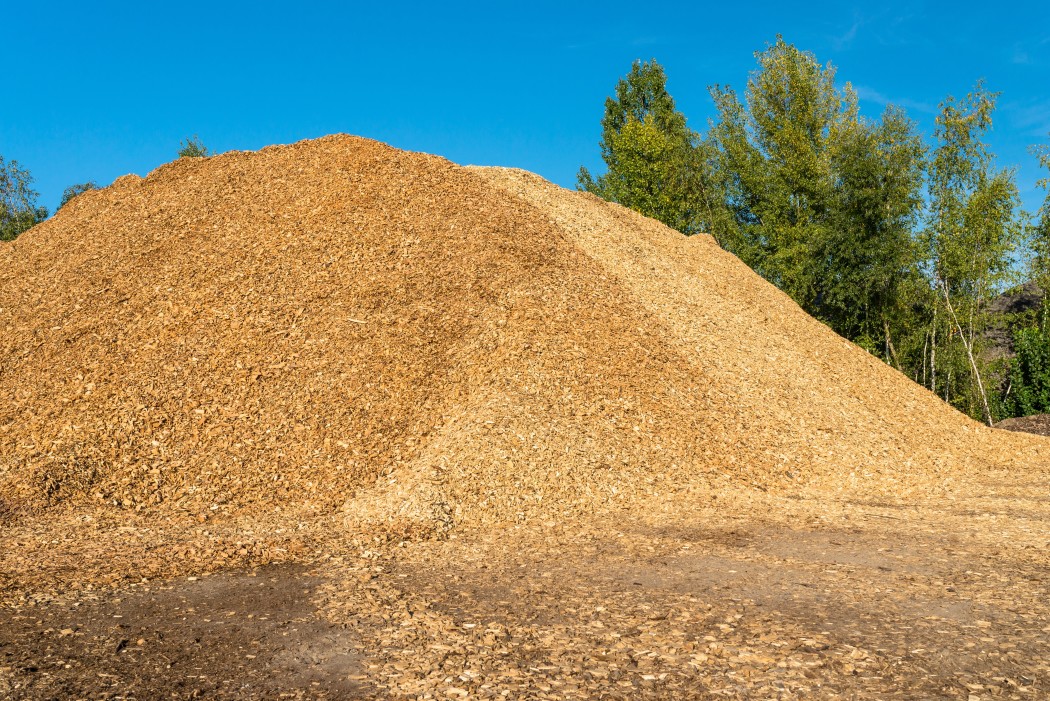
A huge amount of wood enters the waste stream each year, most of it ending up in landfills—over 12 million tons in 2018. A study by the United States Department of Agriculture suggests over 1,350 acres of landfill space are devoted to wood waste each year.
Chemicals and preservatives used to treat wood make some of that waste truly unusable. However, the vast majority of it could be repurposed through the use of horizontal grinders, to the benefit of both companies and the environment.
Wood Waste in Landfills
The majority of wood waste originates from the construction and demolition industry and includes things like used lumber, wood scraps, and wooden shakes. Packaging and shipping materials are another large contributor, as wooden crates and pallets are rarely produced with long-term use in mind; according to WoodWins, at least 50% are built to be used only once.
Wood waste includes unprocessed vegetation, like branches, logs, stumps, and whole trees, which are products of yard work, land clearing, and orchard removal. Severe storms and natural disasters also produce wood waste in the form of fallen trees and damaged or collapsed buildings. Other sources include old movie sets, play props, and furniture by-products.
Recycling wood waste contributes to the conservation of one of our most vital resources. While wood is renewable, trees need time to mature, so the less we can cut down, the better. Deforestation is a serious concern for Earth’s biodiversity, and recycling wood waste encourages sustainable forest management.
By recycling their discarded wood, businesses can also avoid tipping fees, which are the costs paid to have waste shipped to a landfill. While the specific pricing depends on the region, tipping fees are usually charged by the ton; if your business regularly disposes of large amounts of wood, those fees add up and quickly cut into profits.
Making a Profit
With an investment in a trusted horizontal grinder, wood waste can be recycled and repurposed into a secondary product for your business. Grinders reduce the initial size of the waste to something more manageable. Screens and teeth can be swapped to control size and consistency, which can be important depending on your end product. You can enter the market directly or sell your bulk ground waste to a company who will further process it into something usable.
There is a wide variety of potential secondary products that can be obtained from grinding wood waste. With its recent industry growth, mulch is a popular choice; with the right equipment and little difficulty, you can produce large volumes of high-quality colored mulch and playground chips. Ground wood waste is also valued for its high carbon content and moisture control, and it can be combined with other green waste to make high-nutrient compost.
Renewable energy solutions, like boiler fuel and biomass feedstocks, can be profitable products, along with the more finely ground wood flour, wood pulp, and sawdust, which is used to make animal bedding. If your operation is equipped to handle such production, making MDF and particle board is a great way to reintroduce recycled material back into the C&D industry.
If you’re looking for opportunities to enter the recycled wood waste market, contact a Rotochopper sales representative today.
